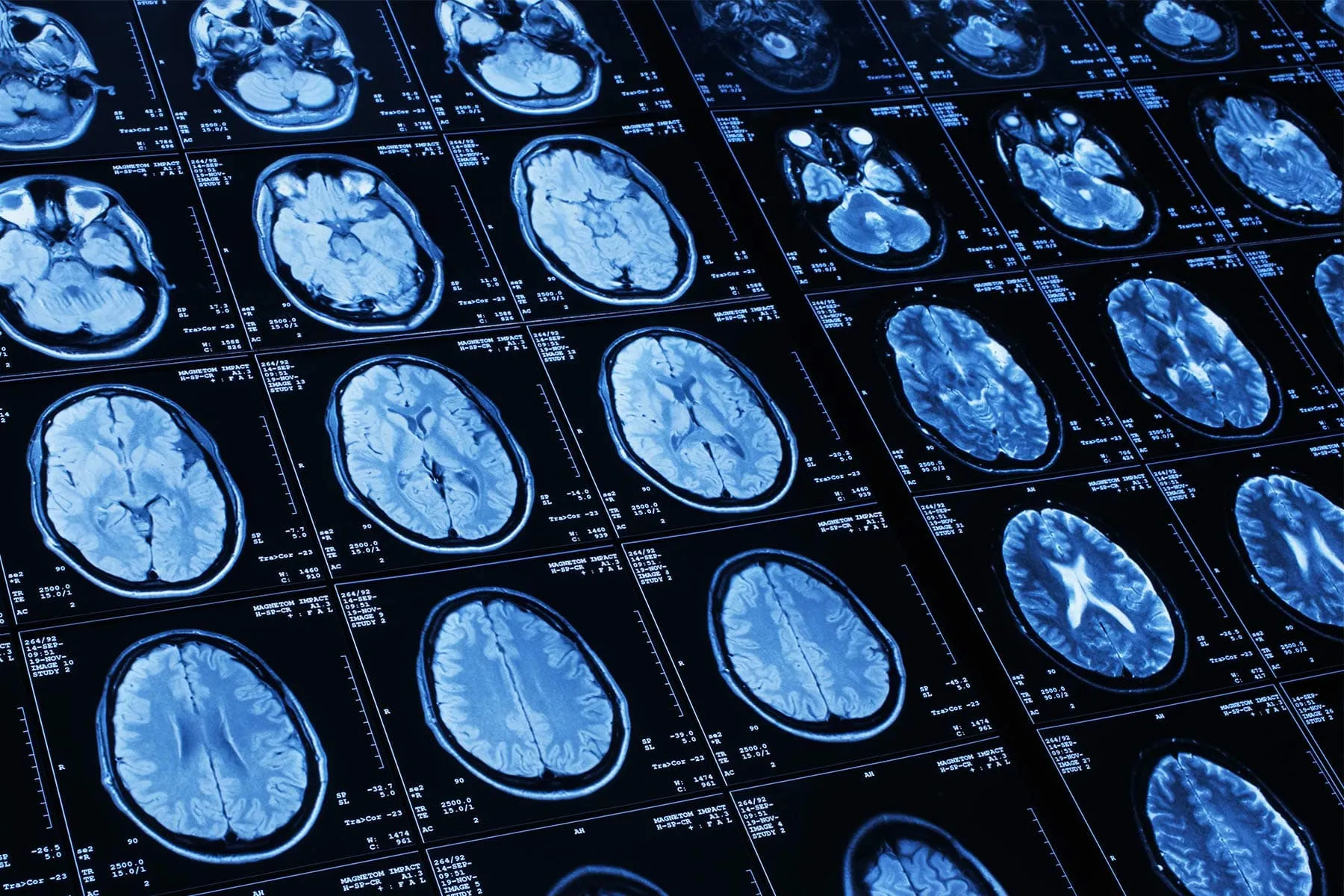Black individuals within the U.S. usually tend to have a stroke than people who find themselves White, Hispanic, Native American, or Asian – and with worse outcomes. The percentages of dying of a stroke are 3 to 4 occasions larger for Black Individuals, in comparison with White Individuals.
Many issues have an effect on somebody’s probabilities of having a stroke, together with social elements. Eseosa Ighodaro, MD, PhD, is a stroke fellow at Emory College/Grady Hospital in Atlanta and advocates for initiatives that tackle racial disparities in neurologic well being, significantly in stroke outcomes. She based Ziengbe, a nonprofit group geared toward ending neurological well being disparities going through the Black group via schooling and empowerment.
Right here, Ighodaro solutions questions on stroke threat in Black Individuals, together with signs everybody must know, what to do if these signs present up, and learn how to decrease stroke threat.
It’s important to know what the indicators and signs of stroke are. Keep in mind the FAST acronym, which stands for
- Face drooping
- Arm weak point
- Speech problem
- Time
Different indicators of stroke can embody numbness and imaginative and prescient loss. Should you or somebody you understand is experiencing any of those indicators and signs, time is of the essence. Don’t wait: Go to the closest emergency division instantly.
And when you get there, be ready to advocate for your self or your beloved. Say these phrases: “I’m involved I’m having a stroke.”
Black sufferers expertise extra delays in prognosis and therapy as soon as [they’re] in a hospital with stroke signs, which contributes to poorer outcomes. We additionally know that Black individualsare considerably much less more likely to obtain the gold-standard remedies for stroke, which embody the clot-busting drug tPA and mechanical thrombectomy, a way for eradicating blood clots from the mind.
These interventions are time-sensitive. We are able to solely give clot-busting medication inside 4.5 hours [after symptoms start], and we are able to solely do mechanical thrombectomy inside 24 hours.
So you probably have facial droop or numbness and weak point on one aspect of your physique, don’t wait at residence, pondering it should go away.
The explanations are multifaceted. After we speak about threat elements for stroke, there are two main classes: those we are able to modify and those that we can’t. Nonmodifiable threat elements embody our age, intercourse at delivery, race/ethnicity, and household historical past of stroke. Threat elements we are able to modify embody poor weight loss plan, bodily inactivity, being chubby, diabetes, hypertension, smoking, and excessive ldl cholesterol.
We all know that Black Individuals general have a larger burden of those modifiable threat elements. Over half of Black adults have hypertension, Black Individuals usually tend to have diabetes than White people, and almost 25% of Black individuals have excessive ranges of LDL ldl cholesterol, the “dangerous” sort of ldl cholesterol.
So after I see a affected person in my stroke clinic, my important focus is on these modifiable threat elements, in order that we are able to both stop a primary stroke or to scale back the chance of a second stroke. Which means getting that particular person on acceptable medicines and interventions, like blood stress medicines, smoking cessation applications, and connecting individuals with diabetes to a main care supplier or endocrinologist to make sure that is beneath management. We all know that the Mediterranean weight loss plan has been proven to enhance stroke outcomes, so I additionally sometimes join these sufferers with a dietitian to assist them make sustainable adjustments of their consuming habits.
However that’s not the entire image. Research have proven that even as soon as we management for these modifiable and non-modifiable threat elements, we nonetheless see vital racial disparities in stroke outcomes, seemingly attributable to different social determinants of well being.
Social determinants of well being are variables that aren’t medical however nonetheless play a job in our well being. They embody issues like [social and economic] standing, schooling degree, language limitations, housing and meals insecurity, entry to secure and wholesome house to get bodily train, and naturally, entry to well being care, hospitals, and pharmacies. In the US, some states have just one superior complete stroke heart, whereas others might have 15. Individuals who stay in a state with just one complete stroke heart, which can be 150 or 200 miles away, is not going to have the identical entry to superior stroke care that somebody who lives right here in Atlanta does.
All of those elements can affect the chance of stroke and outcomes for individuals who have had a stroke. For instance, information from one crucial research of stroke disparities, Causes for Geographic and Racial Variations in Stroke, or REGARDS, has proven that individuals with three or extra social determinants of well being threat elements have been almost two and a half occasions extra more likely to have a stroke, in contrast with individuals who had no such threat elements.
And a research printed in 2023 discovered that “redlining” – the historic follow of discriminatory housing coverage that impacts Black communities to at the present time – is related to elevated stroke threat, over and above different social determinants of well being.
That is one thing we’re nonetheless making an attempt to measure and quantify: How does simply being a Black particular person in America, and the stresses that include day-to-day experiences of racism and microaggressions over a lifetime, negatively have an effect on the physique, together with stroke threat?
We all know that “allostatic load” – the damage and tear on the physique that accumulates when an individual is uncovered to persistent stress – contributes to poorer well being outcomes. And a research printed in 2022 discovered that allostatic load predicted psychological perform scores amongst Black stroke sufferers, however not White or Hispanic sufferers, which means that these stressors might account for a few of the racial disparities in stroke outcomes. We have to perceive this higher.

Добавить комментарий